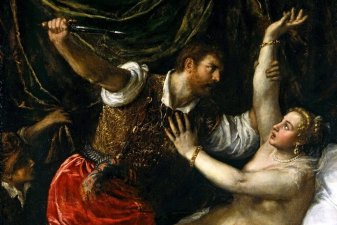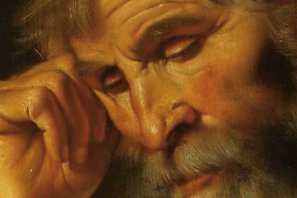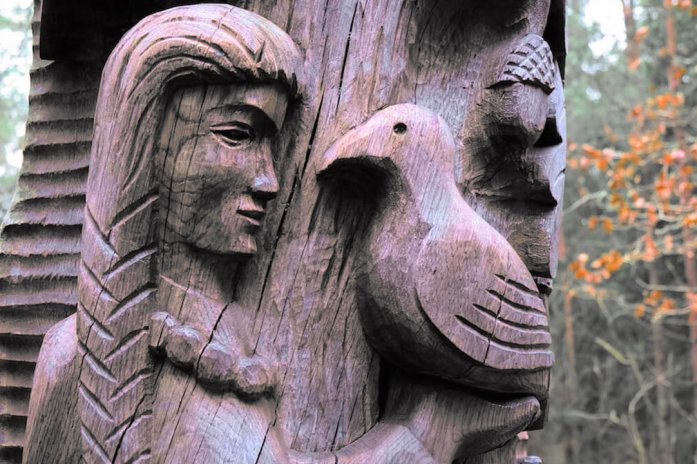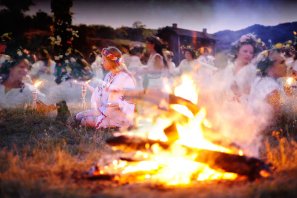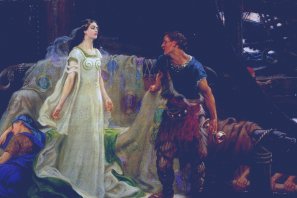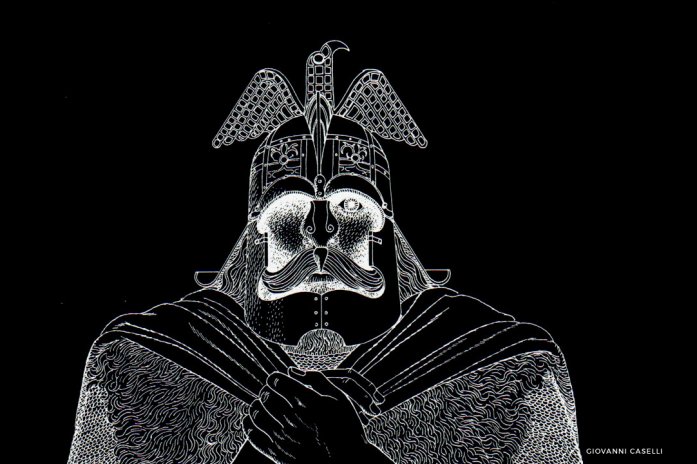The rape of Lucretia …Leibniz, the founder of optimism, and a great poet as well as a profound philosopher, writes somewhere that in a temple at Memphis there was a great pyramid of globes placed one on top of the other. A priest, who was asked by a traveller what this pyramid of globes represented, replied that these were all...
On the morning of Wednesday 8 March 1647, the Presbyterian theologian Francis Cheynell, an influential member of the Westminster Assembly of Divines—an institution appointed by the Long Parliament to restructure the Church of England—appeared before his colleagues to read out a report that censured a book entitled Satan’s Stratagems, which had been published almost a century before (in 1565) by...
Today, most of us think of the self as having two or three parts: a body, a mind, and perhaps – depending on your own religious convictions – a soul. The Vikings, too, thought of the self as having different components, but they believed in more and different components than we do. The Viking self was an integral being; all of the parts added up to a more or less cohesive whole, as they do in our view of the […]...
Based on the latest archaeological and textual evidence, Children of Ash and Elm tells the story of the Vikings on their own terms: their politics, their cosmology and religion, their material world. Known today for a stereotype of maritime violence, the Vikings exported new ideas, technologies, beliefs, and practices to the lands they discovered and the peoples they encountered, and...
John Kenny ‘s fascinating CD “Dragon Voices.Around 1990, John Purser – composer, musicologist, poet, playwright, broadcaster and passionate scholar of Scotland’s music – initiated a project to reconstruct the so-called Deskford carnyx, which was discovered in a peat bog at Leitchestown farm in Deskford, in the former Scottish county of Banffshire, in 1816. Only the boar’s-head bell survives, apparently placed...
This book should be seen as a nuanced representation of the relationship between folklore studies and a socialist-totalitarian state, based on some of the significant issues in the history of folklore studies in the three countries of Estonia, Latvia, and Lithuania, often referred to as “the Baltic countries.” This is not a complete and comprehensive history of folkloristics in the Baltic countries, nor is it an even representation of all. The central concern of this book is the international history […]...
The nornir or norns were a group of female supernatural beings closely related to ideas about fate in Old Norse tradition. Karen Bek-Pedersen provides a thorough understanding of the role played by norns and other beings like them in the relevant sources. Although they are well known, even to people who have only a superficial knowledge of Old Norse mythology,...
Midsummer, the Summer Solstice is one of two yearly solstices, the other being the Winter Solstice, at the opposite end of the year. Technically, the solstice itself falls at the exact moment that Earth’s semi-axis is most inclined toward the sun, which occurs twice a year. So in the Northern Hemisphere, the Summer Solstice occurs in June, and the Winter...
Francis Bacon was a great genius who helped to shape the modern world. But many people would be hard put to say exactly why. He made no new discoveries, developed no technical innovations, uncovered no previously hidden laws of nature. His achievement was to offer an eloquent account of a philosophy and a method for doing those things. And in that way he turned out to be as important as people famed for particular discoveries, like Galileo or Isaac Newton, […]...
Tertön Sogyal’s story. In the mid-19th century, the life of a horse-riding bandit in the eastern Tibetan region of Kham took a drastic turn that would alter the future of Tibetan Buddhism. After the young man rejected his father’s demands to lead a life that was harming others, he placed his trust in wise hermits and learned monks who nurtured...
Intimacy. In our culture, there is an excessive concentration on the notion of relationship. People talk incessantly about relationships. It is a constant theme on television, film, and in the media. Technology and media are not uniting the world. They pretend to provide a world that is internetted, but in reality, all they deliver is a simulated world of shadows....
Who’s Odin? To find Odin’s origins, how far back must we go? Although the most likely explanation for Snorri’s attempts to connect the Æsir with Troy is medieval literary fashion, it is tempting to see a possible source in folk memories of the migration of the Yamnaya culture from the steppes of the Caucasus and Urals into northern Europe four or five thousand years ago. Shaman Is Odin a shaman? Grundy and other critics of this theory point out that […]...

